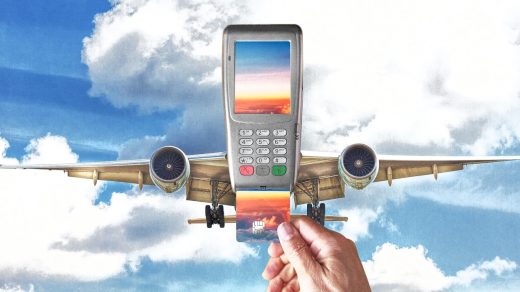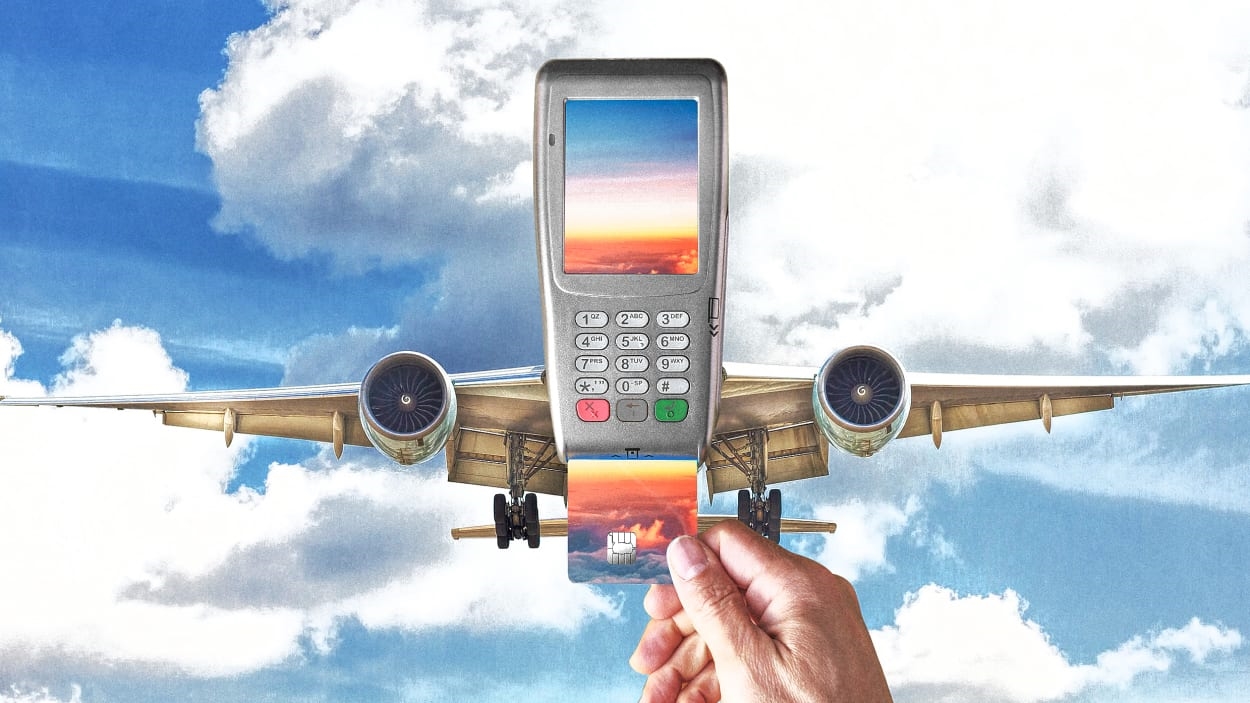The surprising way Capital One designed its hit Venture X travel credit card
When Capital One rolled out its Venture X credit card last November, it took a different approach from other premium travel-rewards cards. While American Express, Chase, and others woo travelers to their cards by piling on bells and whistles—everything from sign-up bonuses to airport lounge access—Capital One started with the fundamentals. It created a travel portal that makes it easy to book trips and redeem points.
That’s not to say that the Venture X card doesn’t include any perks. “It’s the most affordable luxury card on the market,” says Brian Kelly, founder of The Points Guy website, which tracks and rates travel-reward credit cards. He notes, in particular, the card’s $300 travel credit—which nearly covers the card’s $395 annual fee. (American Express Platinum, in comparison, costs $695 annually; Chase Sapphire Reserve is $550.) But as anyone who has spent hours cross-referencing travel websites and dollars-verses-points possibilities can tell you, it’s the clean booking platform that’s the real game changer for Capital One.
To power this platform, Capital One partnered with online travel agency Hopper, which is known for its price-predictive app that advises travelers when to buy flights for the lowest fares.
The Capital One booking portal includes free benefits—such as price predictions and price alerts—that mirror those on the Hopper app. Capital One also offers cardholders a price-drop guarantee, promising to refund them (in the form of travel credit) the difference in price up to $50 if fare goes down within 10 days of booking. Cardholders can purchase additional protections, such as freezing a fare or canceling a flight or hotel for any reason, which resonate in the era of pandemic travel.
Even travel hiccups are even easy to fix: The travel portal has a suite of digital self-servicing tools so customers can do things like cancel or change travel plans, book with travel credits, or decline an airline schedule change. Prefer to handle things the old fashioned way? Capital One staffs its call centers with veteran travel agents, so wait times—and frustrations—are kept to a minimum.
“We’ve created a space where you want to plan your trip,” says Frederic Lalonde, Hopper’s founder and CEO. “Not a place that you have to go because you’re trying to use your points.” Capital One recently poured $95 million in equity funding in the Montreal-based Hopper, pushing its valuation to more than $5 billion.
Since bringing its booking platform out of beta last fall, Capital One has been investing in other travel benefits to give Venture X membership even more of a competitive edge. The first is a network of airport lounges, starting with a flagship at Dallas/Fort Worth International Airport; outposts in Denver, Dulles, and Las Vegas are in the pipeline. For fliers who are looking for quick perks, the design-filled spaces offer cold-brewed coffee, jarred salads, freshly squeezed juices. For travelers with more time between flights, the lounges also include yoga and cycling rooms (with Peloton bikes), relaxation spaces with blankets and eye covers, and shower suites. Capital One Landings, a second airport-lounge concept with chef partner José Andrés, is also in the works at Reagan National and LaGuardia. It will serve short-on-time travelers with a focus on tapas-like food.
Capital One Travel is also preparing to debut its Premier Collection of luxury hotels and resorts—properties where card members get automatic upgrades, such as complimentary breakfast, $100 resort credits, and free Wifi. The collection hasn’t launched yet, but hotels like Sugar Beach in St. Lucia and 1 Hotel South Beach in Miami are confirmed partners.
Though Venture X and its perks have been rolling out over the past year—perfectly timed to the resurgence of travel—Capital One’s commitment to luxury travel has been years in the making. “Our customers sent us a clear message,” says Matt Knise, Managing Vice President at Capital One. “Travel is core to their lives.”
In truth, this has been a growing luxury card trend since the 1980s, when American Express launched its first Platinum Card, which included 24-hour support from travel advisers as well as access to private clubs the world over. Today, the travel-rewards ecosystem has become so robust—and complex—that it includes card collectors, miles experts, and points gurus (like Kelly) who help users navigate it. While 2020 put a temporary halt on all things travel, COVID-19 only amplified the need for a better way to book rewards travel—and get customer-service help when travel plans go sideways. “We saw an opportunity to rebuild a broken system,” says Knise.
Venture X is part of Capital One’s long-term plan to draw in more high-spending users to its cards. The timing could not be better, with a recession looming and banks working to pad themselves with reliable, high-spending loyalists. As Capital One’s founder and CEO Richard Fairbank noted on the company’s most recent earnings call, in a troubled economy, these heavy spenders are “pound for pound, a more resilient group.”
Capital One won’t divulge its number of Venture X card holders, but it’s unlikely that the bank has seen the number of sign ups that Chase Sapphire Reserve saw in 2016 when it rocked the industry with its 100,000-mile sign up bonus. (Chase famously ran out of the metal it needed to make the cards.) And though Hopper’s technology makes it easier to shop for good deals within Capital One’s portal, “discerning shoppers will want to compare prices on sites that aren’t limited to bank partners, as well as sites that can take your other memberships and loyalty programs into account,” says Jonathan Weinberg, founder of AutoSlash.com and a Venture X card holder.
Still, after years of unpredictability and chaos in the travel industry, it’s easy to imagine a new class of user that values Capital One’s one-stop shop—a membership that makes bookings simple and transit enjoyable.
(51)



